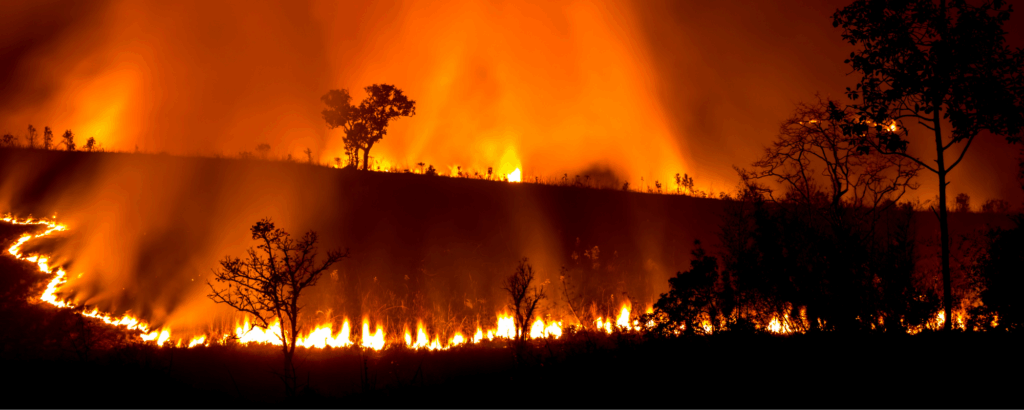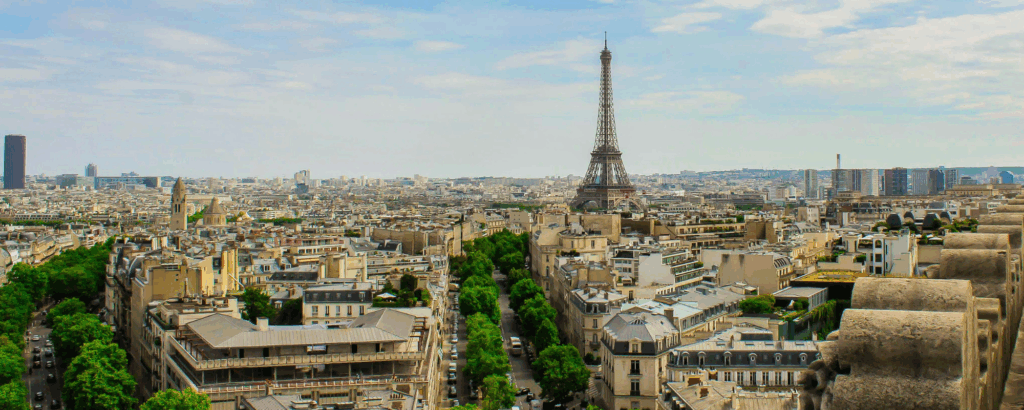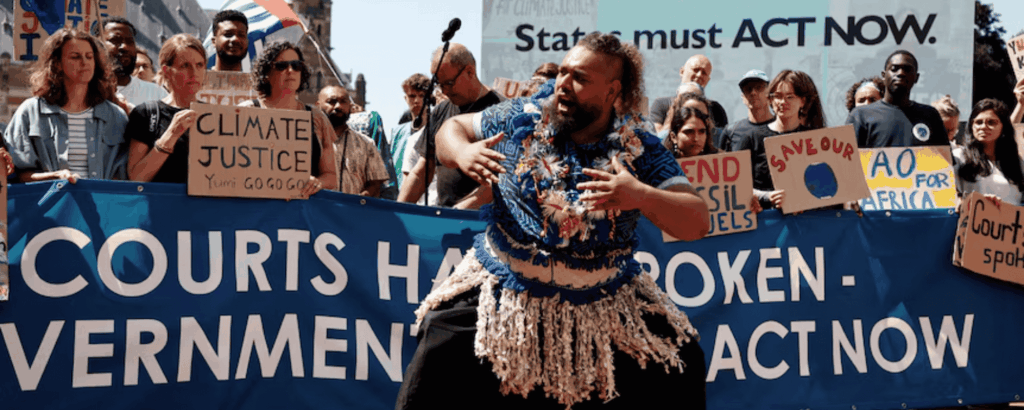

Fossil Fuels
The global shift away from fossil fuels and other greenhouse gases is well underway. Here in Australia we’re facing an ageing and inefficient electricity system, where gas, oil, and coal development proposals are incompatible with action on climate change. Find the latest news and reports on fossil fuels.








